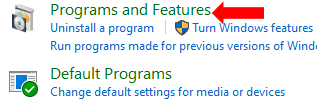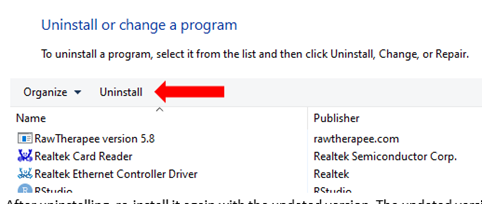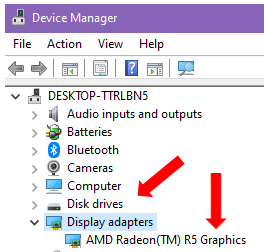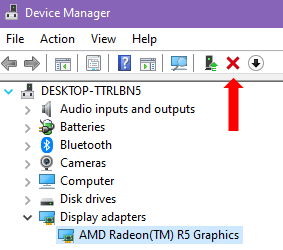Hello, dear friends, and today I would like to say a few words about how to restart graphics driver? Graphics driver is an important part of every computer which plays an important role in the appearance of the monitor's screen; its speed and efficiency. So, how to restart graphics driver? To respond this question we need to learn about what driver is, what is the importance of it and why it sometimes needs restarting.

Graphics cards allow the computer to process information as images into the monitor, screen, or projector. The data becomes colors through the process. However, it can end up flickering, freezing, or turning black if you use programs where the graphics card is needed a lot.
This can happen when you’re playing high-quality videos, games, or when you’re editing videos. If you need your computer for graphics-heavy-related activities, you will end up frustrated if you don’t do anything about it right away.
In most cases, restarting your graphics driver is enough to ensure everything runs smoothly again. If not, we also included a few things you can try out so that you can work or play seamlessly.
Method 1: Windows shortcut
Before executing the shortcut, make sure your Window keys aren’t disabled. Check it first so that you can do this method properly. This is the easiest way to restart your graphics driver. However, if it doesn’t work for you, you will have to you might need to check your drivers.
- On your keyboard, press the following keys: Windows + Ctrl + Shift + B.
- The screen will flicker a few times. After that, it should turn black for a second.
Method 2: Control Panel
If your drivers keep acting up, there’s a big chance that the driver has been corrupted. When that happens, you can update it to the latest version or reinstall it.
- On your search box, type the Control Panel.
- After opening, go to Programs & Features.

- Then select Add or Remove Programs.
- From there, look for the program for the graphics card.
- Click on it and then select uninstall. That should be enough to restart it, even if technically it isn’t.

- After uninstalling, re-install it again with the updated version. The updated version can be found on the manufacturer’s website.
Method 3: Device Manager
You can also uninstall and restart the graphics card driver. Here’s how.
- On the search box, type devmgmt.msc.
- After opening the program, go to Display Adapters. Expand it.

- Next, choose Uninstall.

- Restart your computer.
- After the restart, Windows will automatically install the graphics card driver through Windows Update. If it doesn’t, you can go to the manufacturer’s website and download the latest version. After that, Install it by choosing Update Driver.
Method 4: DDU
Another option you have is by using a program that is specifically made to delete your drivers from the Windows Registry.
- Before anything else, download the updated graphics card driver that you prefer from the official website. If you’re using Windows 10, disconnect your desktop from the internet.
- Run Wagnardsoft’s DDU in Safe Mode to reduce any risks. If you don't want to run it in Safe Mode, just select OK.
- Wait for your desktop to reboot into Safe Mode.
- Next, go to Options.
- Select how you want your drivers to be removed.
- There should be a drop-down box on the right side of the screen. It should contain the list of the graphics card drivers that you'd like to remove.
- You will be asked which is your preferred GPU manufacturer.
- Your screen will flicker and then go back for a while.
- After that, choose the option that you prefer after uninstalling the driver. You can either have it restart, shut down, or not restart. It's recommended that you go with Clean and do Not restart.
- There should be a message that will pop up once everything is done. To exit the program, click Yes.
Final Words
If you’ve done everything here and you still experience technical difficulties, there’s a chance that the hardware is damaged. Contact a professional to have it sorted right away.
Summary: Restart Graphics Drive
- Click the Start button.
- Type Device Manager in the Search field.
- Double-click Display adapters.
- Right-click the adapter that you want to restart, and then click Disable. The adapter will have a yellow exclamation mark next to it.
- Right-click the disabled adapter, and then click Enable. The yellow exclamation mark should disappear from the icon and the name of your graphics card will reappear next to Display adapters.
- Close the Windows Device Manager.